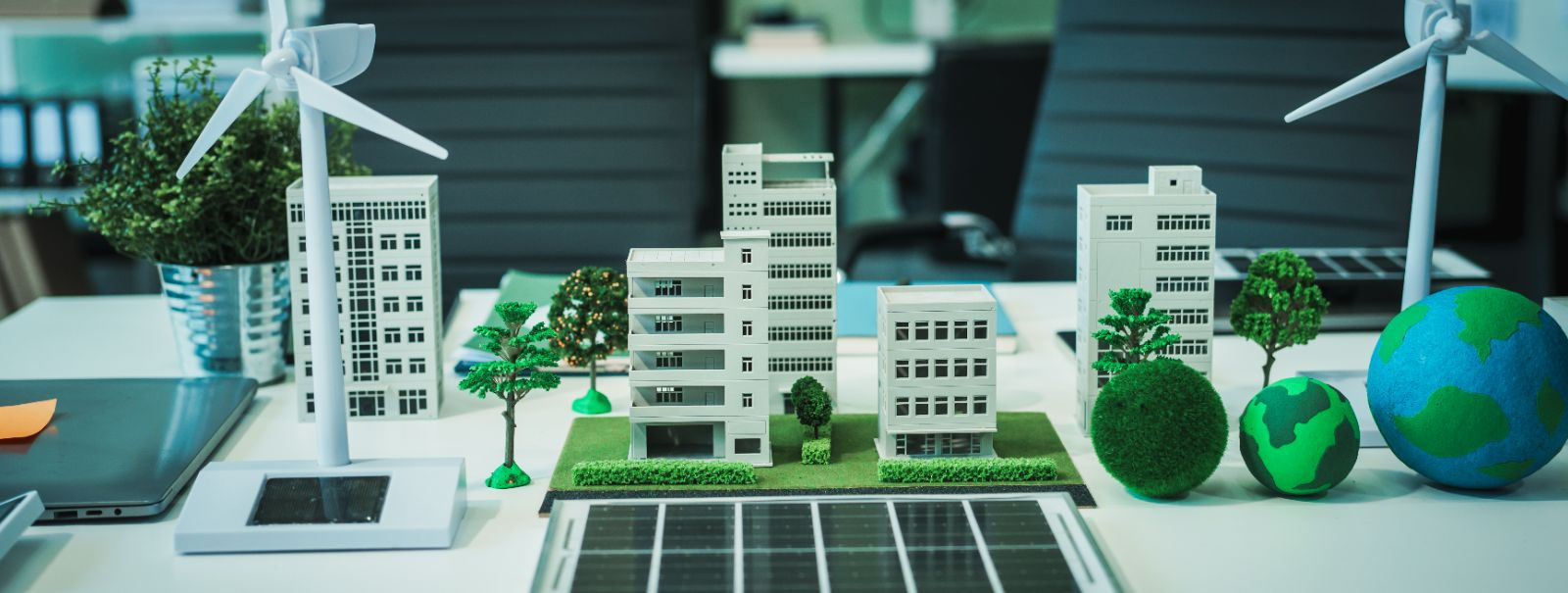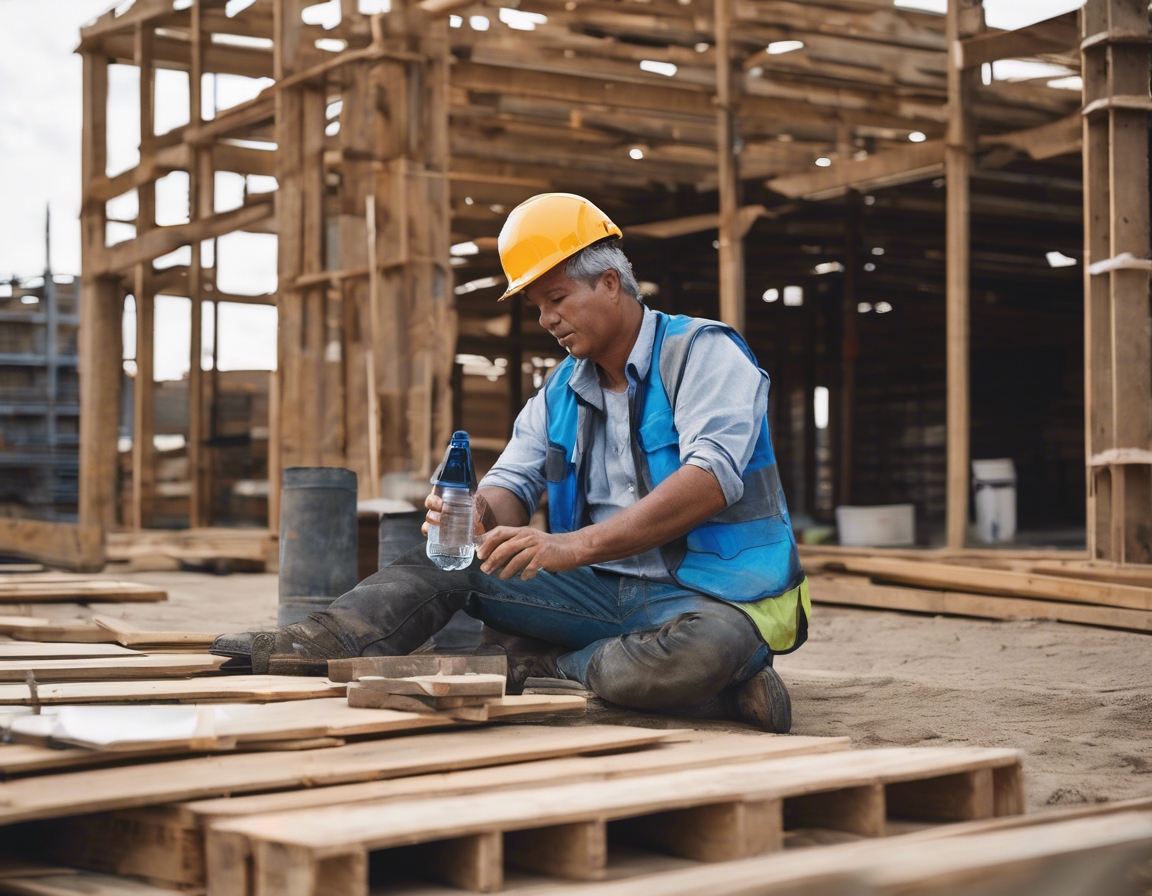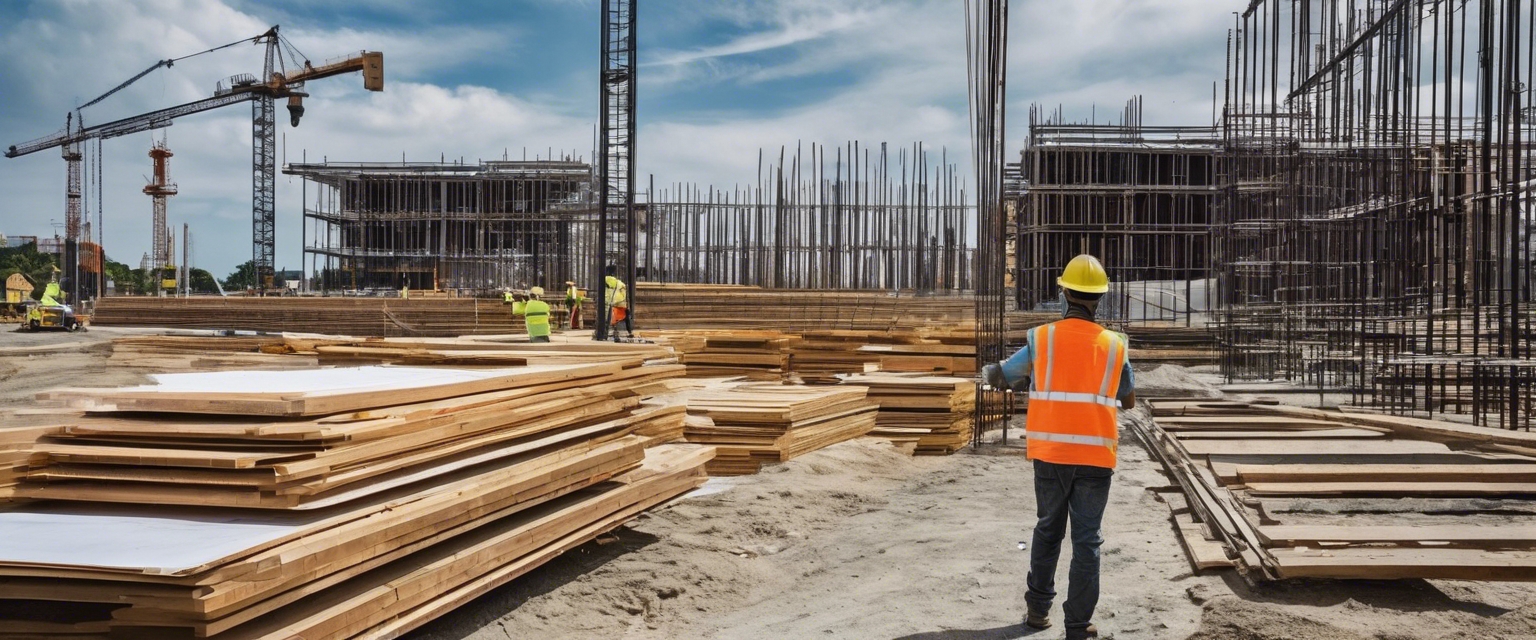The future of sustainable property development
Sustainable property development is more than just a trend; it is a necessary evolution in the way we build and inhabit spaces. As environmental concerns continue to rise, the demand for sustainable living and working environments has never been higher. This shift is driven by a growing awareness of the impact that traditional construction practices have on our planet and the urgent need to reduce carbon footprints.
2. Key Trends Shaping the Future
The use of green building materials is at the forefront of sustainable property development. These materials, which include recycled steel, bamboo, and reclaimed wood, are not only environmentally friendly but also durable and cost-effective. The future will see an increase in the use of such materials, as developers strive to minimize waste and reduce the environmental impact of construction.
Energy efficiency is a cornerstone of sustainable development. Future properties will increasingly incorporate renewable energy sources such as solar panels and wind turbines. These technologies not only reduce reliance on fossil fuels but also lower energy costs for property owners. Energy-efficient appliances and smart energy management systems will become standard features in sustainable homes and buildings.
Smart home technology is revolutionizing the way we interact with our living spaces. From automated lighting and climate control to advanced security systems, these technologies enhance the efficiency and convenience of sustainable properties. The integration of Internet of Things (IoT) devices will allow for real-time monitoring and optimization of energy use, further reducing environmental impact.
Urban planning is evolving to prioritize green spaces and sustainable infrastructure. Future developments will focus on creating communities that are not only environmentally friendly but also enhance the quality of life for residents. This includes the integration of parks, green roofs, and community gardens, which contribute to biodiversity and provide natural cooling effects in urban areas.
3. The Role of Technology in Sustainable Development
Technology plays a pivotal role in advancing sustainable property development. Innovations in construction techniques, such as 3D printing and modular construction, are reducing waste and improving efficiency. Additionally, advancements in data analytics and artificial intelligence are enabling developers to design smarter, more sustainable buildings that meet the needs of modern occupants while minimizing environmental impact.
4. Challenges and Opportunities in Sustainable Property Development
While the future of sustainable property development is promising, it is not without challenges. High initial costs, regulatory hurdles, and the need for specialized knowledge can be barriers to adoption. However, these challenges also present opportunities for innovation and collaboration. By investing in research and development, and fostering partnerships between governments, businesses, and communities, the industry can overcome these obstacles and pave the way for a more sustainable future.
5. The Importance of Sustainable Practices for Individuals and Businesses
For individuals and businesses, adopting sustainable practices is not only beneficial for the environment but also economically advantageous. Sustainable properties often have lower operating costs, higher resale values, and provide healthier living and working environments. As awareness and demand for sustainability grow, those who invest in sustainable development will be well-positioned to thrive in the future market.






Comments (0)